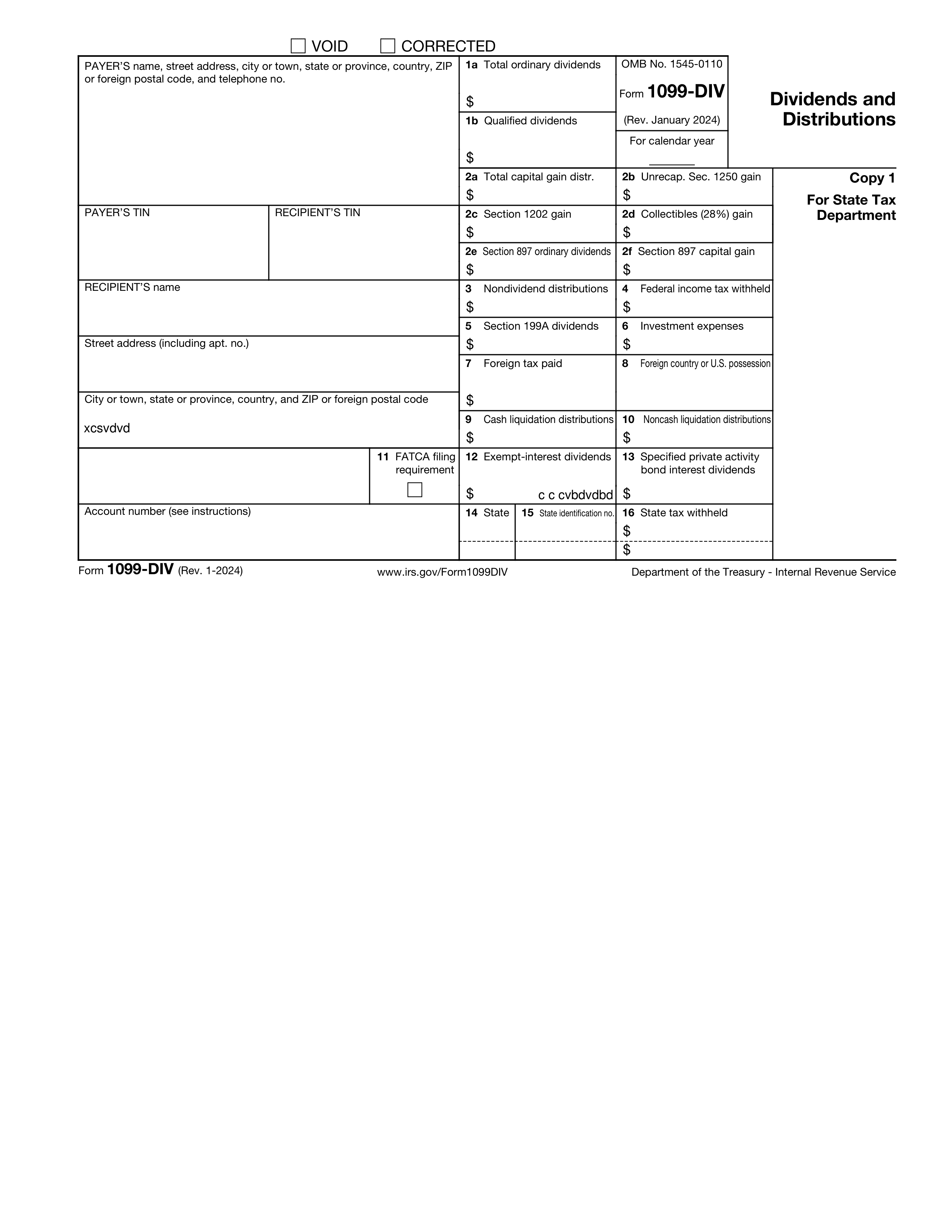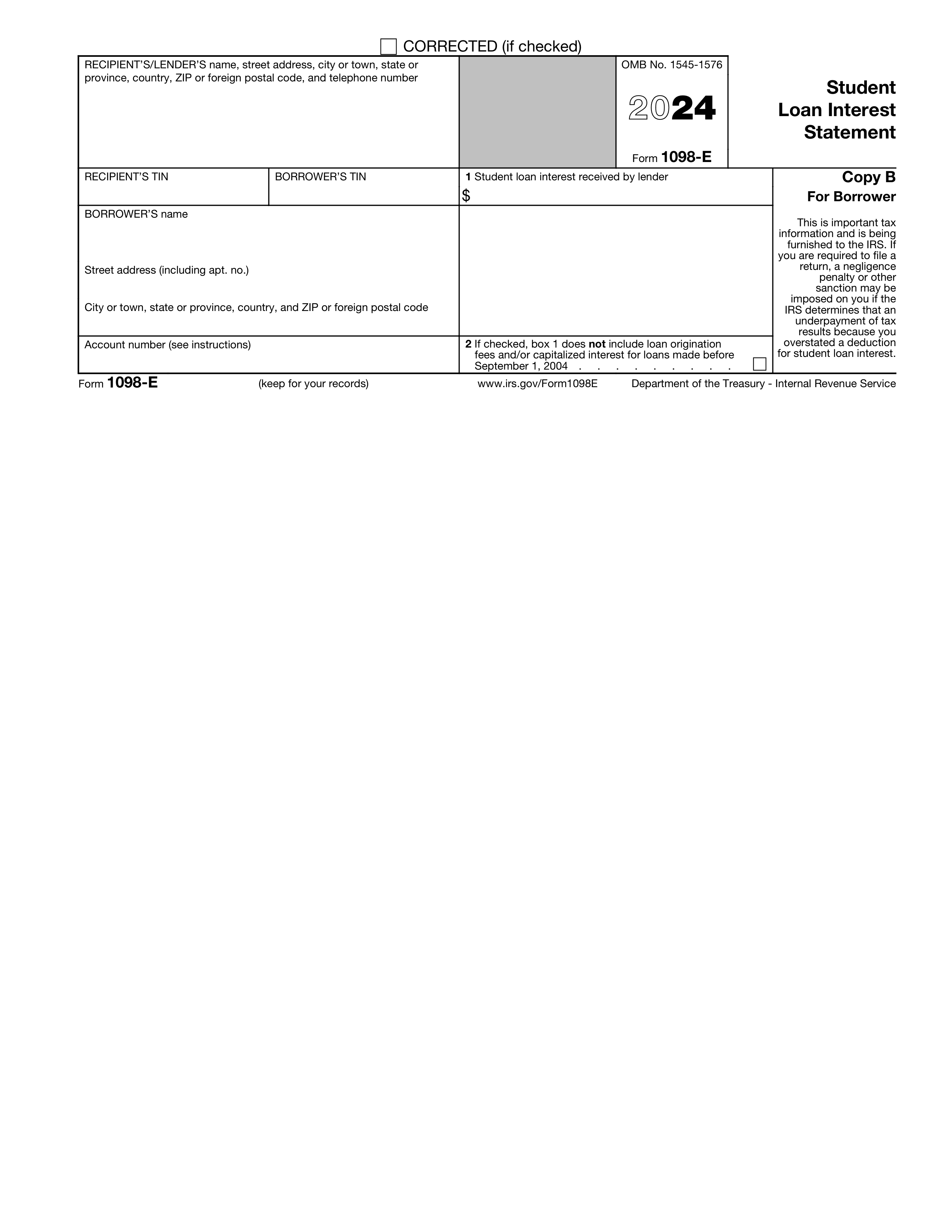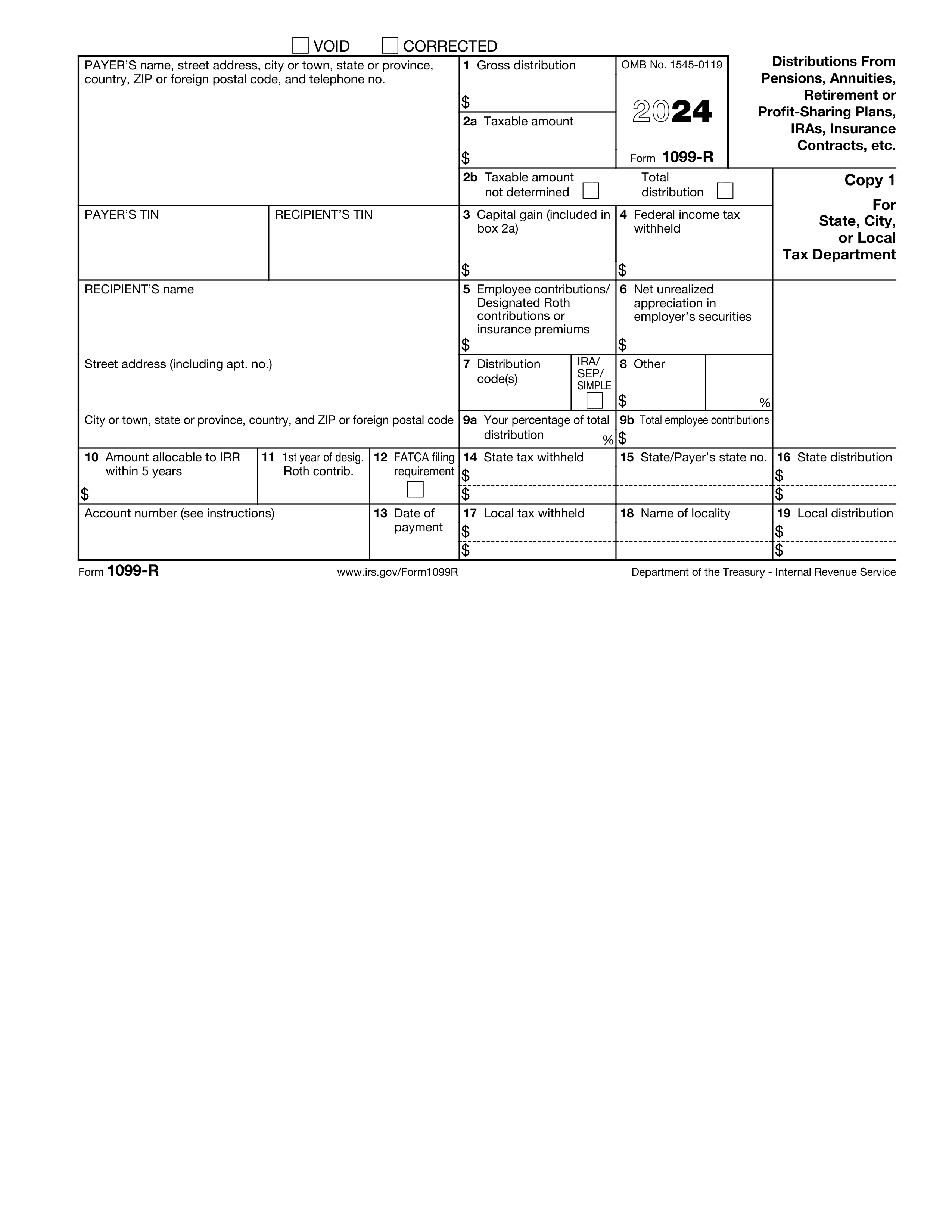What is Form 2210?
Form 2210 is essential for individuals, estates, and trusts to calculate any underpaid estimated taxes. If you've not paid enough taxes throughout the year, this form helps determine whether you owe a penalty. It is particularly important for self-employed individuals or those with income not subject to standard withholding. If your tax bill exceeds $1,000, you'll need to file this form to avoid penalties and ensure you meet your tax obligations.
What is Form 2210 used for?
Form 2210 is important for managing your estimated taxes. Here’s what it’s used for:
- Determine Underpayment Penalties: Calculate underpaid estimated tax and penalties.
- Request Penalty Waiver: Ask for a waiver if you qualify.
- Self-Employed and Non-Withheld Income: Manage penalties for self-employed individuals and non-withheld income.
- Quarterly Tax Payments: Adjust penalties for missed quarterly payments and variable income.
How to fill out Form 2210?
- 1
Determine if you owe more than $1,000 in taxes for the year.
- 2
Check if your withholdings and estimated payments met the required amount (90% of current year tax or 100% of prior year tax).
- 3
Complete lines 1 through 7 on Form 2210 if you owe a penalty.
- 4
Attach Form 2210 to your tax return (Form 1040, 1040-SR, 1040-NR, or 1041).
- 5
Ensure you enter the correct penalty amount on the “Estimated tax penalty” line.
- 6
Complete Part II to explain reasons for filing and Part III for penalty computation, if necessary.
Who is required to fill out Form 2210?
Individuals, estates, and trusts are responsible for completing Form 2210. This includes self-employed individuals and those who did not withhold enough from their paychecks.
When is Form 2210 not required?
Form 2210 isn’t required if your underpayment is less than $1,000. Additionally, if your current year total tax minus withholding is under $1,000 and you didn’t owe a penalty last year, you can skip it. Farmers and fishermen who file and pay taxes by March 1 and earn at least two-thirds of their income from these activities also may not need to complete the form.
When is Form 2210 due?
The deadline for Form 2210 is the same as your tax return, usually April 15. If this date falls on a weekend or holiday, it is due the next business day. Remember, if you owe an underpayment penalty, it must also be paid by this date.
How to get a blank Form 2210?
To access a blank version of Form 2210, Underpayment of Estimated Tax by Individuals, Estates, and Trusts, simply visit our website. The Internal Revenue Service (IRS) issues this form, and we have it pre-loaded in our editor for you to fill out. Remember, our platform aids in filling and downloading forms but does not support filing.
Do you need to sign Form 2210?
No, you do not need to sign Form 2210. The IRS will calculate any penalties and send you a bill if you owe. However, it’s always a good idea to check for the latest updates on IRS requirements. With PDF Guru, you can fill out the form, download it for your records, and manage your tax documents efficiently. Just remember, PDF Guru does not support form submission.
Where to file Form 2210?
You must file Form 2210 by attaching it to your federal income tax return (such as Form 1040, 1040-SR, 1040-NR, or 1041). According to official IRS instructions, Form 2210 is not filed separately. Submit it together with your main tax return, either electronically or by mail, following the filing instructions for your tax return form.






